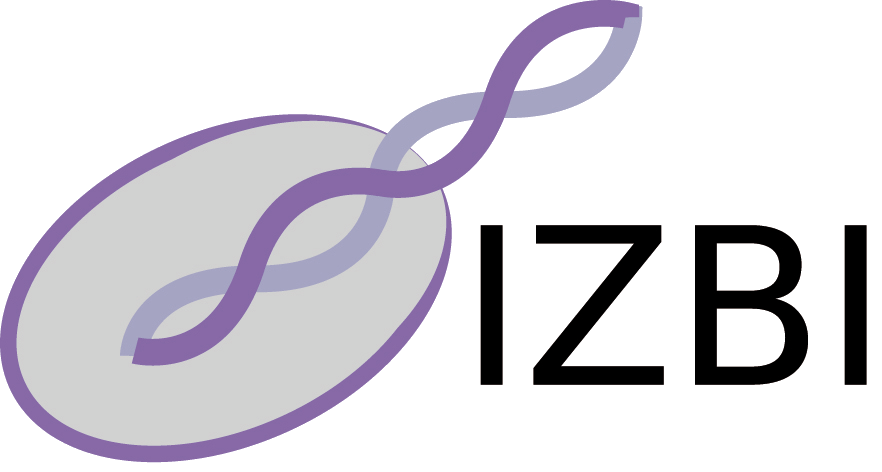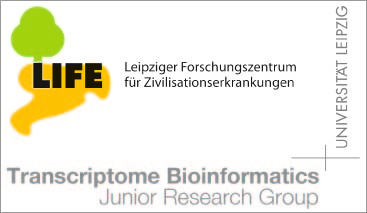Publications - Published papers
Please find below publications of our group. Currently, we list 565 papers. Some of the publications are in collaboration with the group of Sonja Prohaska and are also listed in the publication list for her individual group. Access to published papers ( ) is restricted to our local network and chosen collaborators.
If you have problems accessing electronic information, please let us know:
) is restricted to our local network and chosen collaborators.
If you have problems accessing electronic information, please let us know:
 ) is restricted to our local network and chosen collaborators.
If you have problems accessing electronic information, please let us know:
) is restricted to our local network and chosen collaborators.
If you have problems accessing electronic information, please let us know:©NOTICE: All papers are copyrighted by the authors; If you would like to use all or a portion of any paper, please contact the author.
Matching of Soulmates: Coevolution of SnoRNAs and Their Targets
Stephanie Kehr, Sebastian Bartschat, Hakim Tafer, Peter F. Stadler, Jana Hertel
Download
Status: Published
Mol Biol Evol (2013) doi: 10.1093/molbev/mst209
Abstract
Ribosomal and small nuclear RNAs (snRNAs) comprise numerous modified nucleotides. The modification patterns are retained during evolution, making it even possible to project them from yeast onto human. The stringent conservation of modification sites and the slow evolution of rRNAs and snRNAs contradicts the rapid evolution of small nucleolar RNA (snoRNA) sequences. To explain this discrepancy, we investigated the coevolution of snoRNAs and their targeted sites throughout vertebrates. To measure and evaluate the conservation of RNA-RNA interactions, we defined the interaction conservation index (ICI). It combines the quality of individual interaction with the scope of its conservation in a set of species and serves as an efficient measure to evaluate the conservation of the interaction of snoRNA and target. We show that functions of homologous snoRNAs are evolutionarily stable, thus, members of the same snoRNA family guide equivalent modifications. The conservation of snoRNA sequences is high at target binding regions while the remaining sequence varies significantly. In addition to elucidating principles of correlated evolution, we were able, with the help of the ICI measure, to assign functions to previously orphan snoRNAs and to associate snoRNAs as partners to known chemical modifications unassigned to a given snoRNA. Furthermore, we used predictions of snoRNA functions in conjunction with sequence conservation to identify distant homologies. Because of the high overall entropy of snoRNA sequences, such relationships are hard to detect by means of sequence homology search methods alone.
Keywords
target prediction, RNA-RNA interaction, ICI















